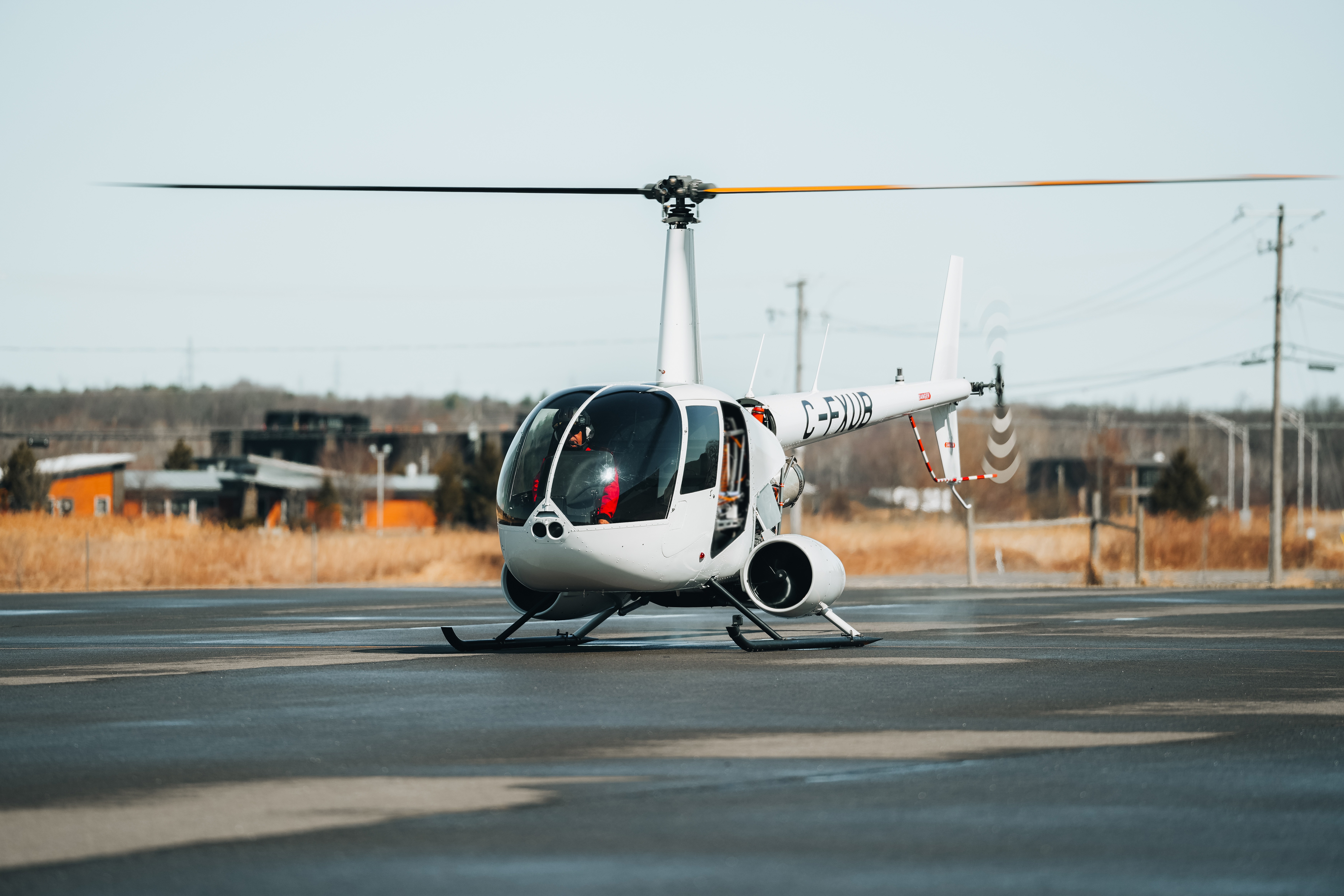 The Equity in AAM: What does it mean? article explored in detail what equity looks like in the Advanced Air Mobility (AAM) industry, while the DEI in AAM: How to be more diverse, equitable, and inclusive? suggested some actions that stakeholders can take to build a more diverse, equitable, and inclusive AAM. Because both articles focus on inside the industry, it’s worth seeing why DEI matters when talking about the users.
The Equity in AAM: What does it mean? article explored in detail what equity looks like in the Advanced Air Mobility (AAM) industry, while the DEI in AAM: How to be more diverse, equitable, and inclusive? suggested some actions that stakeholders can take to build a more diverse, equitable, and inclusive AAM. Because both articles focus on inside the industry, it’s worth seeing why DEI matters when talking about the users.
Autoped
Do you know in what year the motorized scooter came into existence? 1915. Yes, that’s right, the first motorized scooter is more than 100-year old. Arthur Hugo Cecil Gibson got the patent for his Autoped on July 25th, 1916, but he was already producing his invention before this date. Surprising, no? The creation was a hit, with US mail carriers and traffic cops using it. If motorized scooters are so old and were so successful, why only recently have they become something present in the day-to-day?
Because, as you can imagine, even though the invention gained some track even with the Government, it was too expensive, “It sold for just US$100, offering 125 mpg (1.9 l/100km) transportation at 25 mph (40 km/h).” For a family of four, that would be at least US$400—equivalent in purchasing power to about US$11,134.57 today. It’s no wonder why the Autoped production lasted only until 1922—by Krupp in Germany, the US production ceased in 1921.
Of course, it didn’t help that roughly simultaneously, Ford launched its very successful Model T, which was a little more expansive but fitted five people instead of one, allowing a four-person family to have only one car rather than four motorized scooters. Before exploring the first mass-produced car, it’s essential to understand the history of the automobile.
Automobile
There’s no “inventor of the car.” The automobile is a Frankenstein, in terms of various inventors putting together existing pieces with some new creation. But Joseph Étienne Lenoir was the first to put together a “very crude car.” Lenoir’s automobile “made an 18-km (9-mile) journey in 11 hours—four times longer than it would have taken to walk.”
Using Lenoir’s work and studying Nikolaus August Otto’s engine, Karl Benz assembled the “first practical gas-powered car in 1885.” But it was his wife, Bertha Benz, that popularized the creation,
No one took much notice—until Benz’s feisty wife Bertha and their two young sons “borrowed” the car one day without asking and set off for a 100-km (65-mile) journey to see grandma. They bought fuel at drug stores (chemist’s shops) because gas stations had yet to be invented, and the boys had to get out every so often to push the car up hills. Bertha even had to stop a couple of times to make repairs with her hairpin and garter belt. News of this intrepid early test-drive caught the public’s imagination; Benz couldn’t have dreamed up a better publicity stunt if he’d tried. He took his wife’s advice and added gears for uphill driving. Soon he was developing successful four-wheel cars and, by the start of the 20th century, was the world’s leading car maker.
But the “world’s leading carmaker” title doesn’t mean a whole lot when talking about that time. In 1893, Benz sold 45 units at a prohibitive price tag of £9000—equivalent to about £1,232,258.07 today. But then came 1908, and Henry Ford, Model T, and Fordism with it. Fordism and Model T revolutionized not only the automobile industry but the whole manufacturing industry. At launch, a Model T cost US$850 (US$25,975.63 today), and in 1925 the price dropped to just US$260 (US$4,177.06 today). Mass production and mass consumption made Model T available to everyone. To this date, the car is still among the top 10 selling cars of all time.
Very Light Jet
A Very Light Jet (VLJ) is a category of small business jets seating four to eight people. And they were the first try of the aviation industry to build what AAM is trying to develop in terms of “air taxis.”
The idea gained traction at the beginning of the 2000s. The two major players were Eclipse Aviation, an aircraft manufacturer, and DayJet, an airline, also called air taxi firm, operating in Florida.
I delved back into the archives 10 years and was astonished to recall the hype that surrounded the Eclipse announcement and introduction. At Oshkosh in 1997, then-NASA administrator Daniel Goldin predicted a production rate of 20,000 GA aircraft a year, dominated by light jets of the VLJ ilk. When Eclipse formally announced, buyers were literally standing in line at midnight outside the company’s office and FedExing deposit checks to buy an early position. Shortly thereafter, a lively secondary market developed, and some people made a ton of money selling early positions at a profit. Later, many more lost tons of money when the company tanked. The operative thinking in 2000 was that the Eclipse would be “disruptive technology” because quantum advances in manufacturing engines and airframes would reduce its price point to a third of existing airframes. That would ignite high volume, further pressuring prices downward. The reasoning proved fallacious.
Neither Eclipse Aviation nor DayJet survived the 2008 economic crisis. DayJet ceased operations in 2008, and Eclipse Aviation was defunct in 2009 after declaring bankruptcy. Yes, the 2008 crisis was rough, and many businesses declared bankruptcy. But that’s not the whole story regarding the ceasing of operations of Eclipse and DayJet. The entire story involves a lack of mass production and consumption.
In 2002, when DayJet came to be, it purchased 28 passenger Eclipse 500 jets (4 and 8-seaters) at the cost of $1.5 million each. The problem was, “One owner told me that bankruptcy records indicated his Eclipse cost about $3 million to build, but sold for a little over $1 million. That means that Eclipse had to find improbable economies of scale to just break even.” Eclipse needed DayJet to scale up, but the air-taxi firm didn’t because the prices were too high for the offered service, “Priced slightly higher than full-fare coach means you get all the benefits of a corporate jet experience for a fraction of the price. You pay about the same cost of an overnight travel (including airfare, hotel, and per diem).”
High prices led to a lack of scaling up, which, together with the 2008 economic crisis, could have only led to one result: failure.
DEI in AAM: It will serve everyone or no one?
After all the examples, it’s clear that for AAM to serve anyone, it has to serve everyone. AAM can’t aim to be the next private jet, a luxury for few. AAM will only be the future if it’s something that everyone can afford, like Model T. If it’s too expensive, like a DayJet ticket, or isn’t better and more inclusive than the option, like Autoped, then AAM will unquestionably fail.
Once again, because that’s the key for the future, for AAM to serve anyone, it has to serve everyone.
By Giovani Izidorio Cesconetto



